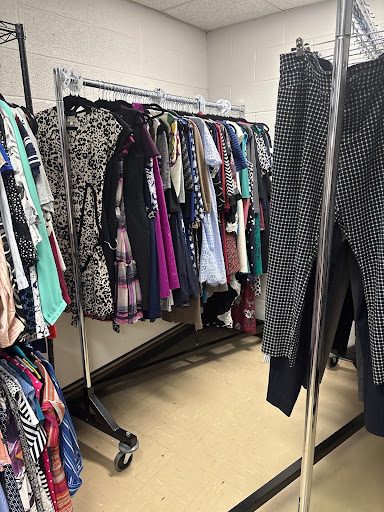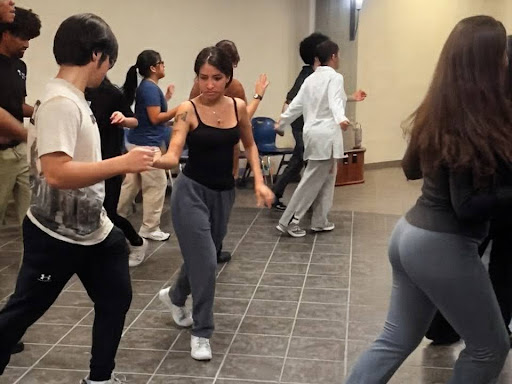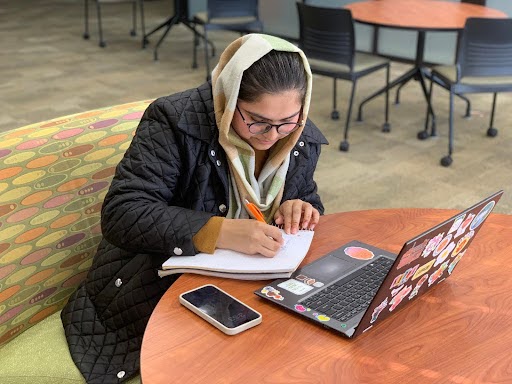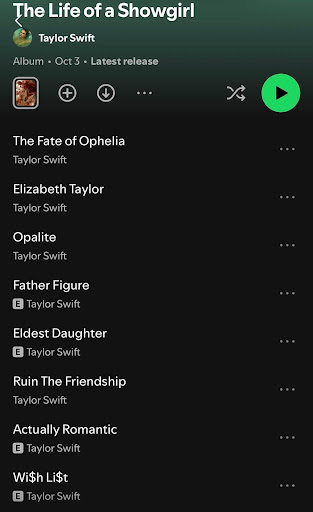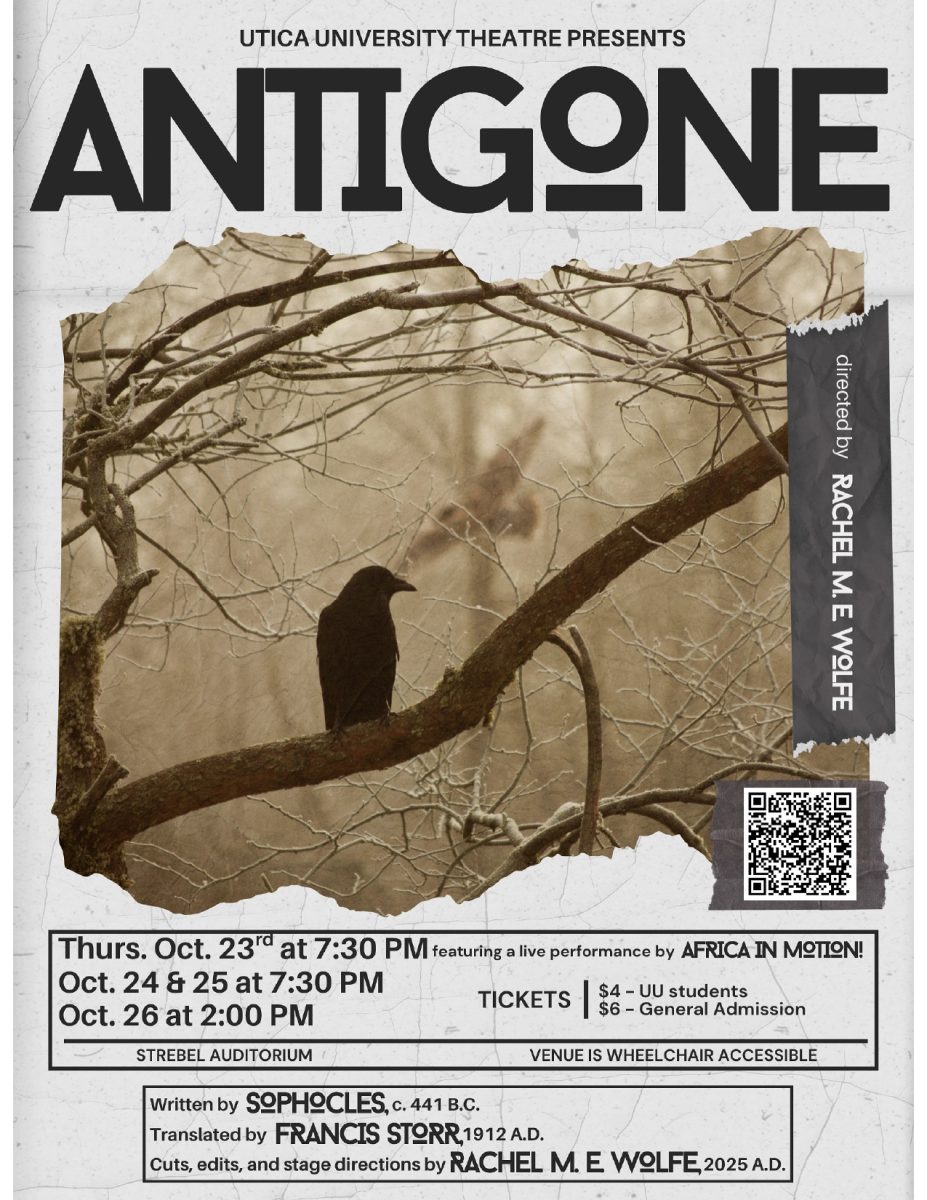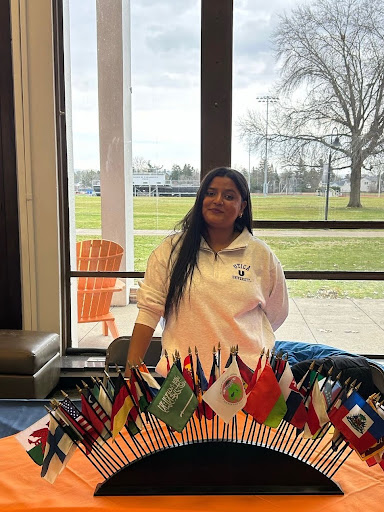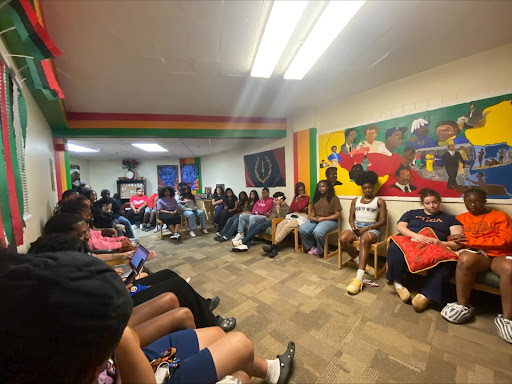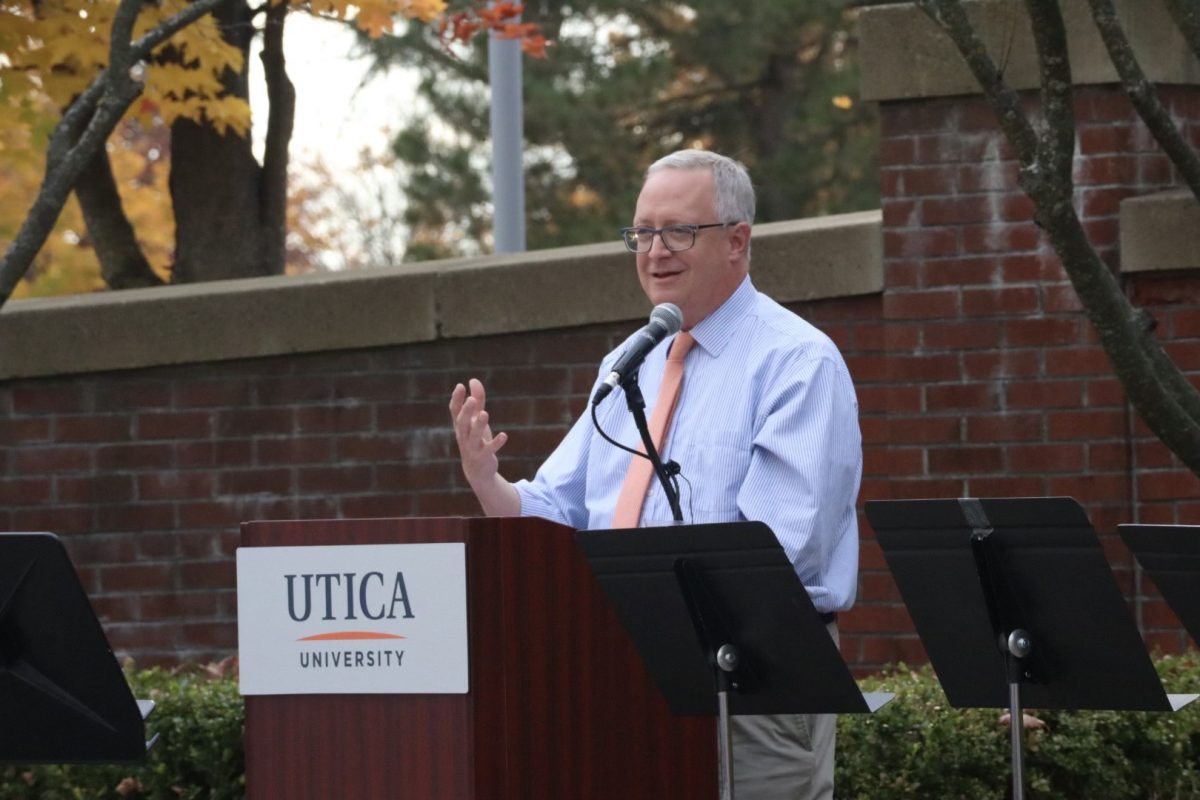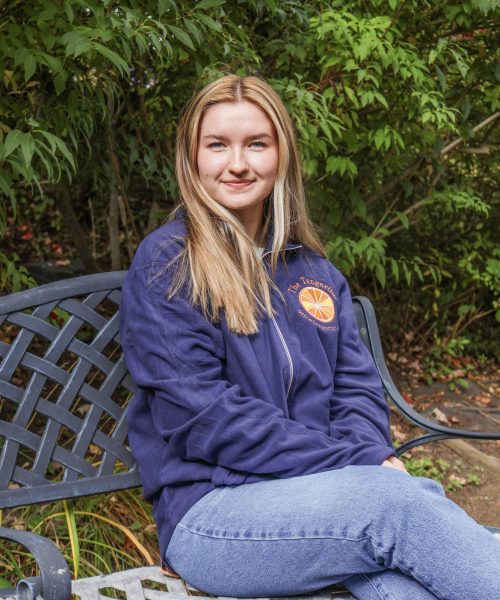
The Bias Response and Referral Network (BRRN) at Utica University is a continually evolving resource that provides students, faculty and staff the opportunity to report conflicts and incidents related to bias, including but not limited to discrimination, graffiti or vandalism, harassment and microaggressions.
The BRRN team is composed of several staff members who convene regularly to review reports, communicate with complainants and collaborate with other departments on campus to investigate and resolve cases. Recently adjustments have been made to the network to improve the quality of communication and responses while upholding its overarching mission: to cultivate an inclusive and supportive campus community.
“Since the BRRN was formed, we have continually assessed and evaluated with the hopes of refining the process,” Vice President for Marketing and Communications and BRRN member Kelly Adams said. “We regularly assess whether we are achieving the broader purpose and we’ve regularly made refinements.”
Members of the BRRN themselves do not investigate or impose disciplinary action when incidents are reported. After the initial reporting and review, the network works with other offices such as Campus Safety and Human Resources where further responses and actions are taken.
“One area of focus that we’ve looked at is asking the question of how this network and its processes fit within other processes within the institution,” Adams said. “For instance, how does this fit in with our student conduct processes, employee conduct processes, [and] Title IX processes? [It’s] ensuring that our procedures support those other processes and don’t create any redundancy.”
In addition to reviewing the internal processes of the network, the BRRN team also assesses what types of incidents occur more frequently on campus.
“Our group also regularly monitors patterns of incidents on campus so that we can provide recommendations for leadership [and] continual improvement,” Adams said. “Sometimes that can be in the form of training programs.”
All of these efforts, according to Adams, function to support the values of inclusiveness and belonging within the BRRN and the institution.
“We want to provide a place where any member of our community student, faculty member, staff member, visitor [or] anyone who has been impacted by a bias-related incident whether they’ve been the victim whether they’ve experienced it as an observer or a witness, we want to give people a place where they can be heard and supported,” he said.
Vice President of Emergency Management Shad Crowe, also a member of the BRRN team, said one adjustment to the network has been ensuring that responses to reports are fluid and timely, providing a resource that is “as efficient and as responsive as [it] should be.”
When a report is submitted through the university’s BRRN website, which can be done anonymously, an immediate notification is sent out to all involved parties, including the complainant and BRRN members.
“It’s really become a lot easier for us to glean the information that we need right out of the gate,” Crowe said. “We can start responding [sooner].”
Dr. Anthony Baird, vice president for Diversity, Equity and Inclusion and student transitions, also a BRRN member, describes it as a “support and response space.”
According to Baird, the processes, goals and objectives of the network are continually assessed and evaluated due to the weight and importance of the work.
“It’s a system and a process that really has implications in the lives of the members of this community, faculty, staff and students alike,” he said. “We come together to belong or coexist and to dwell, [and] there are instances of disruption, missteps [and] mishaps based on ignorance.”
Ignorance, Baird said, can be a “lack of knowledge [or] a lack of understanding for each other or where we come from.”
While the BRRN exists as a platform where voices can be heard and injustices can be addressed, there is a concern that the network may be used haphazardly, causing a detrimental effect to the purpose and goals.
“Our greatest concern is that this process is not weaponized,” Baird said.

